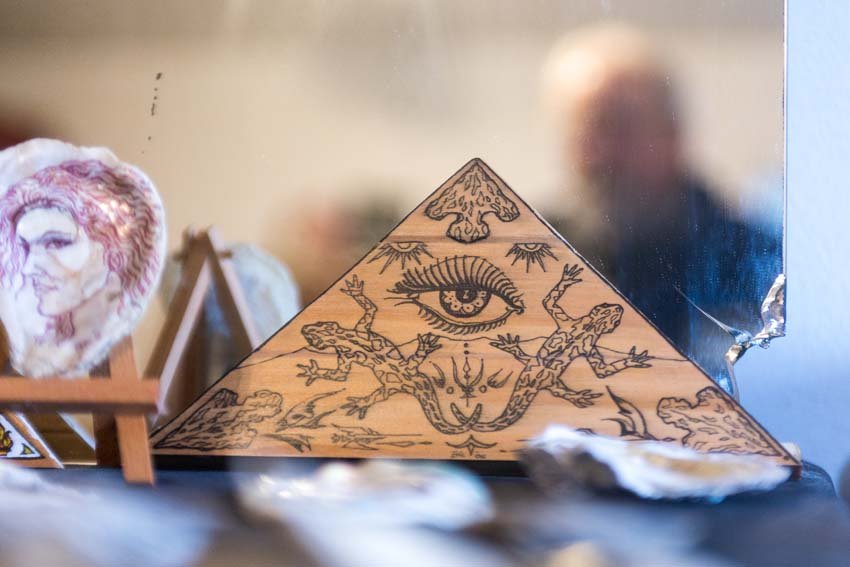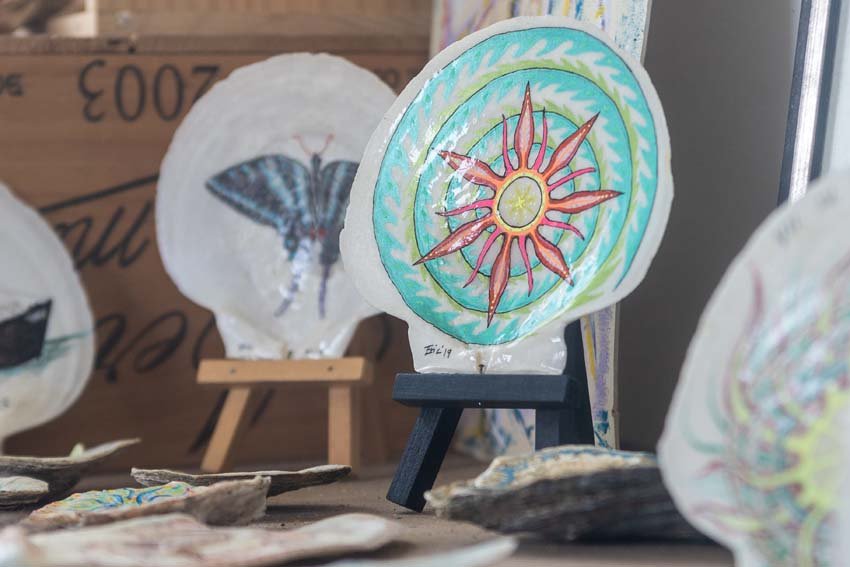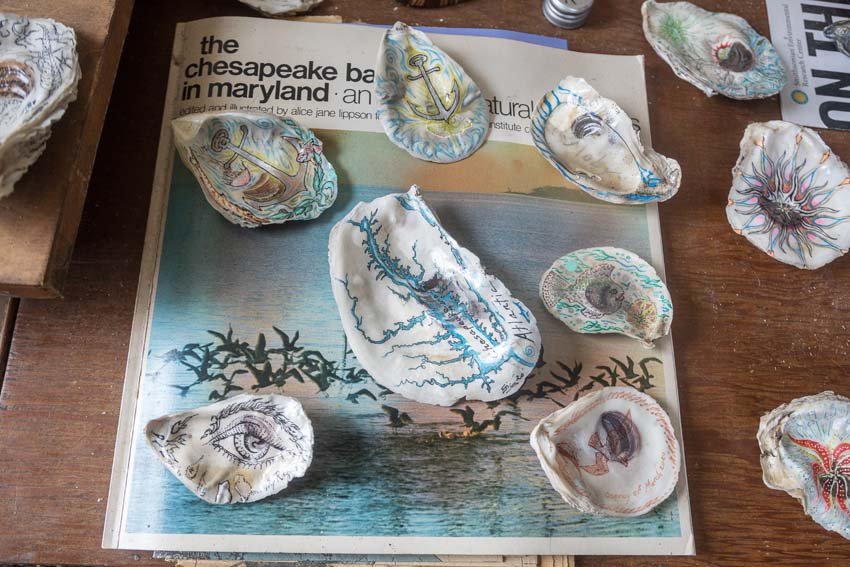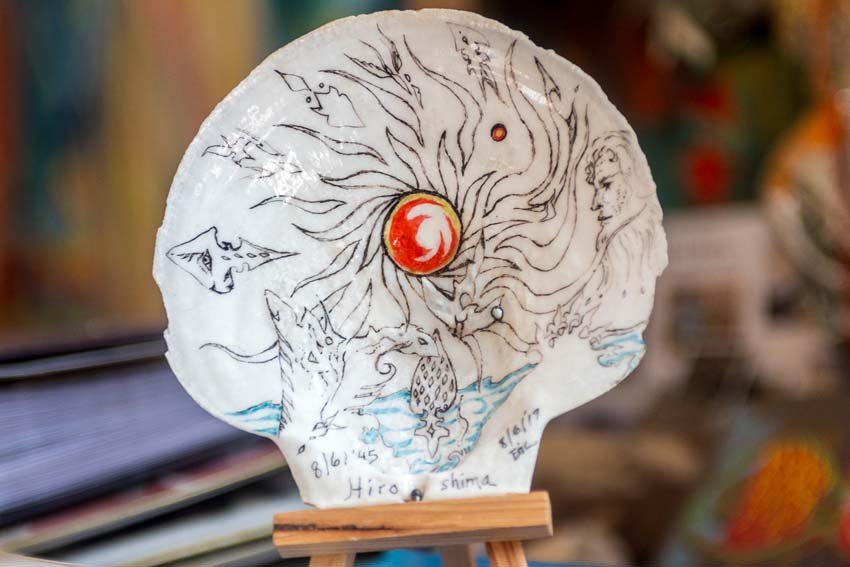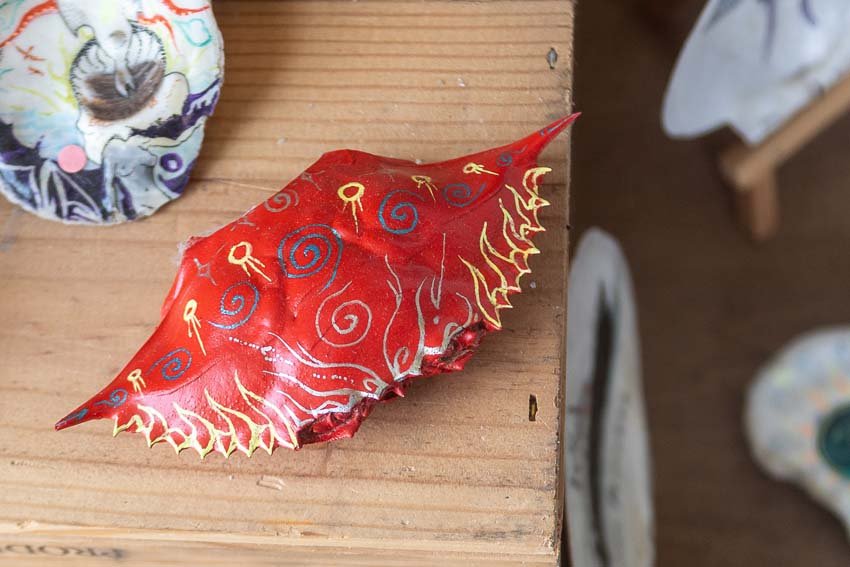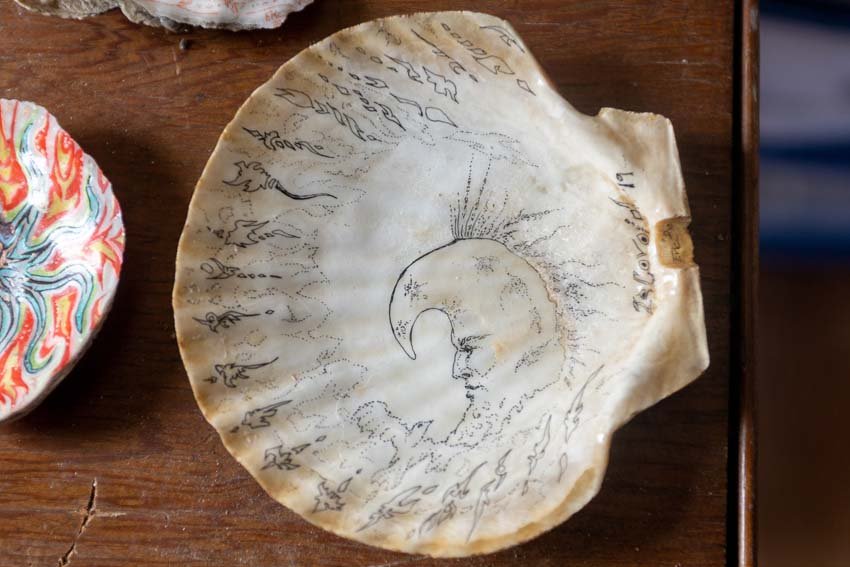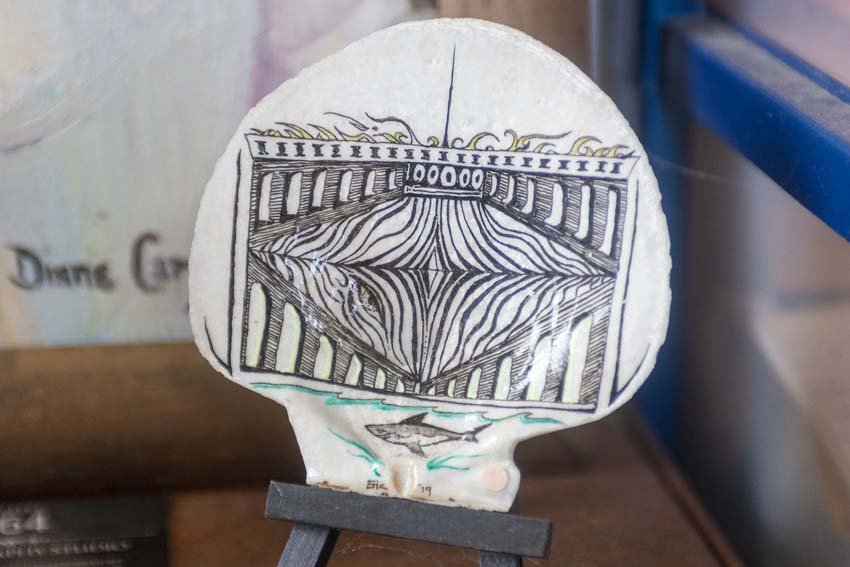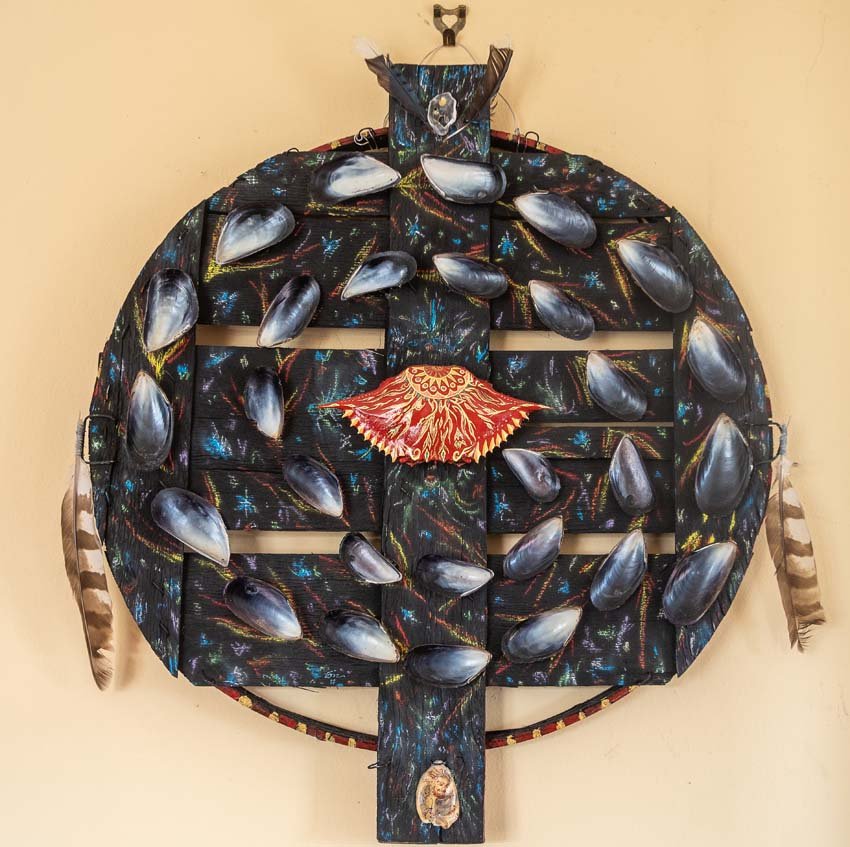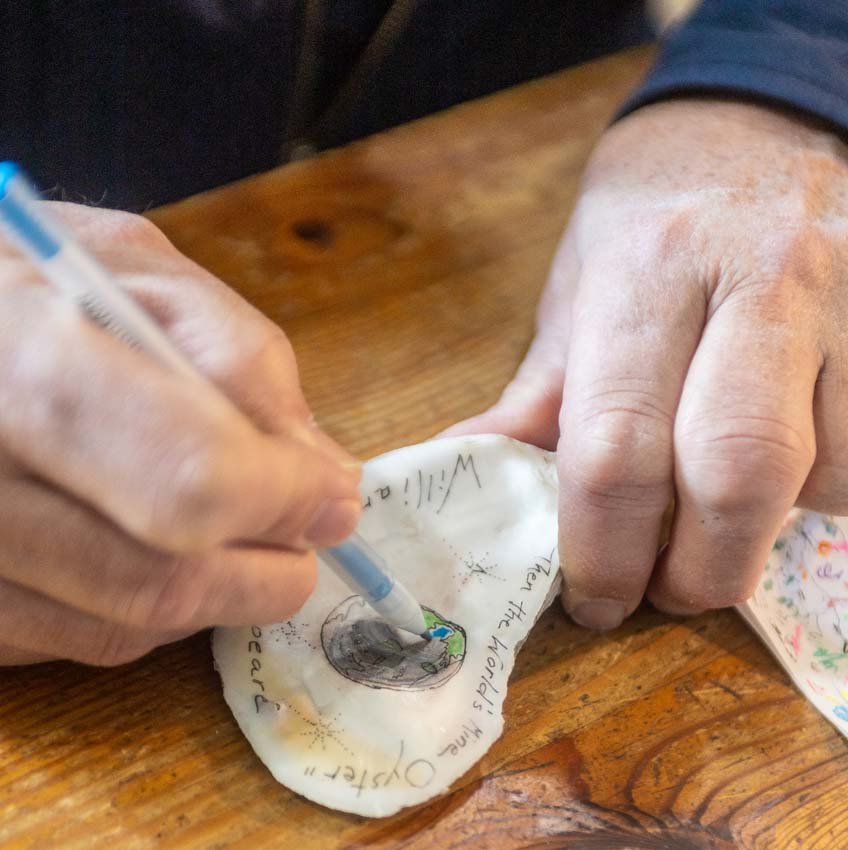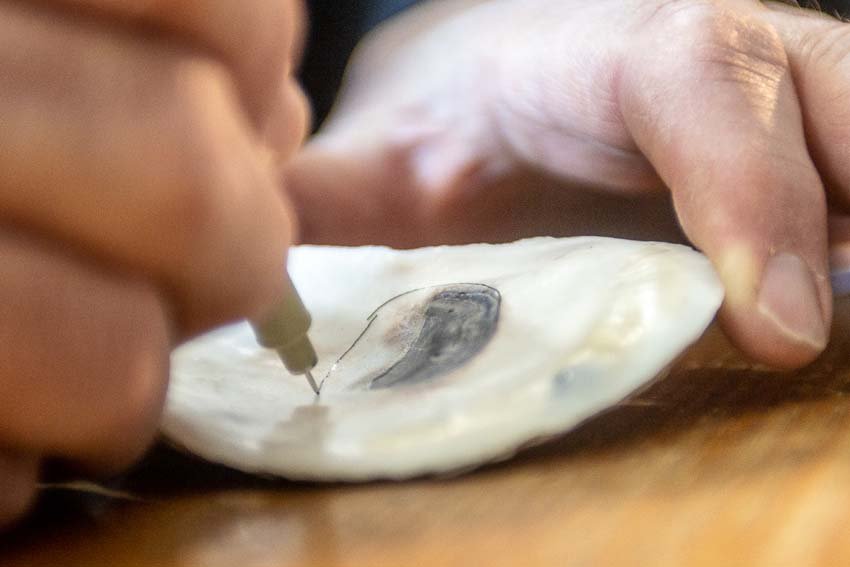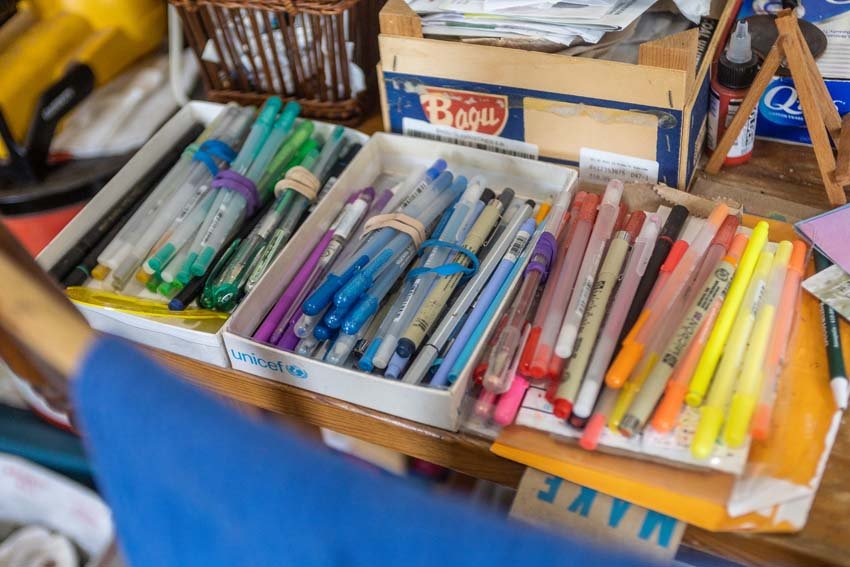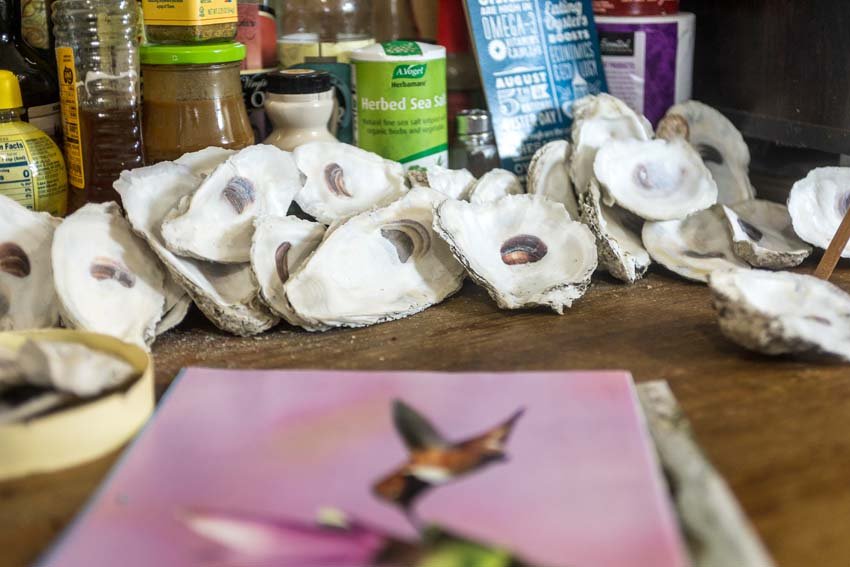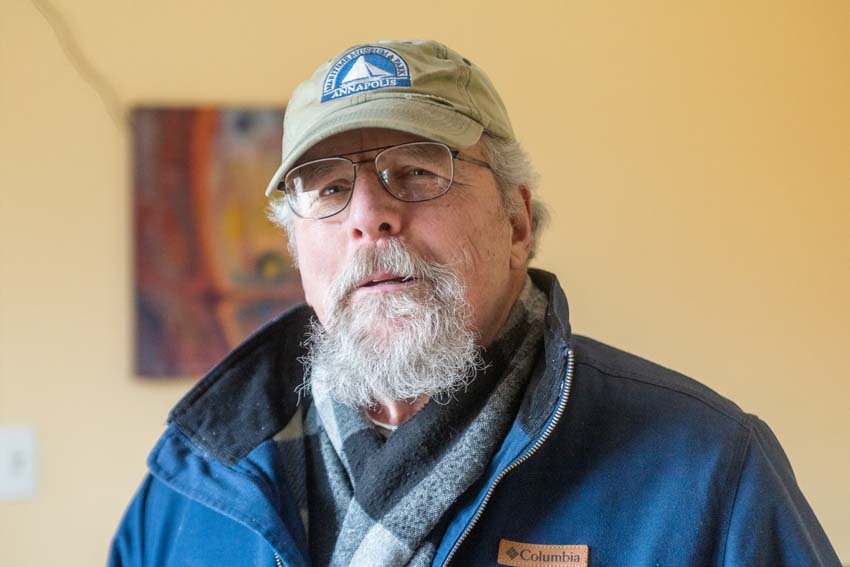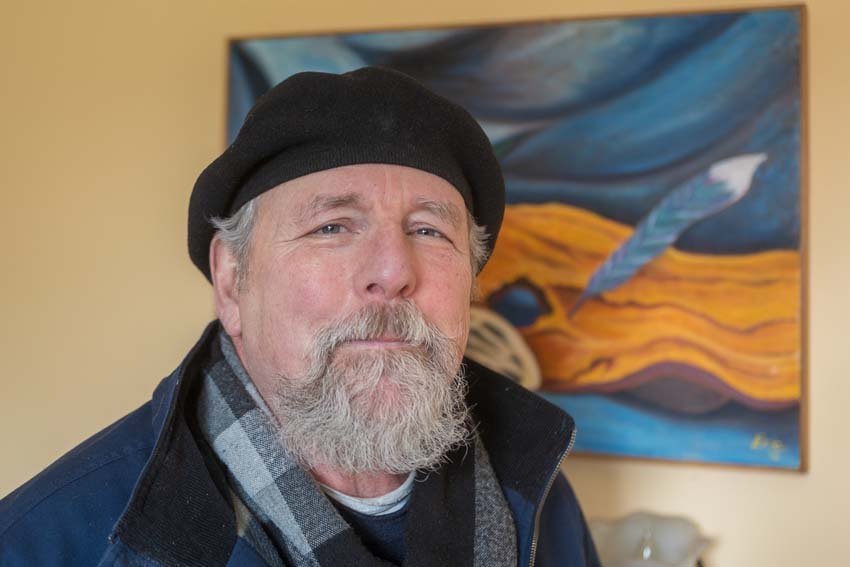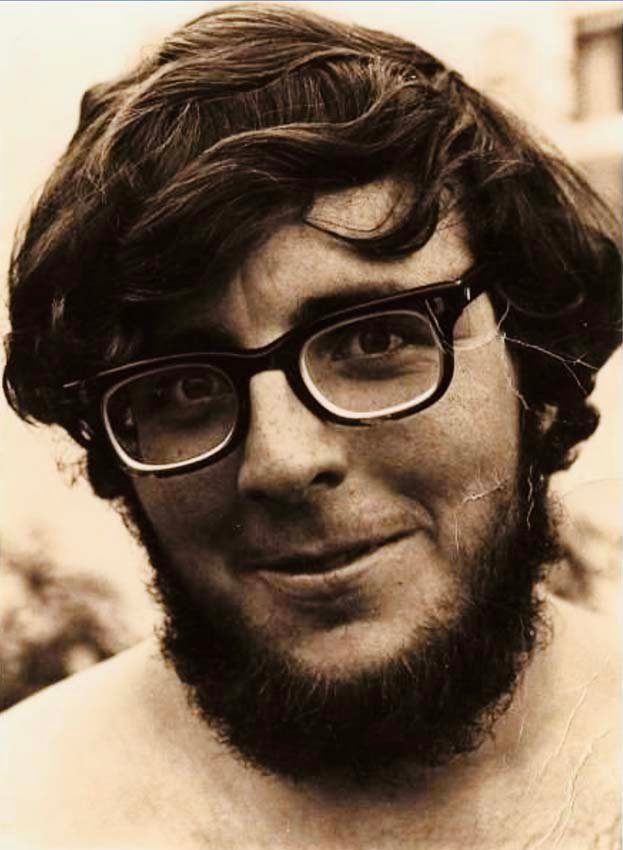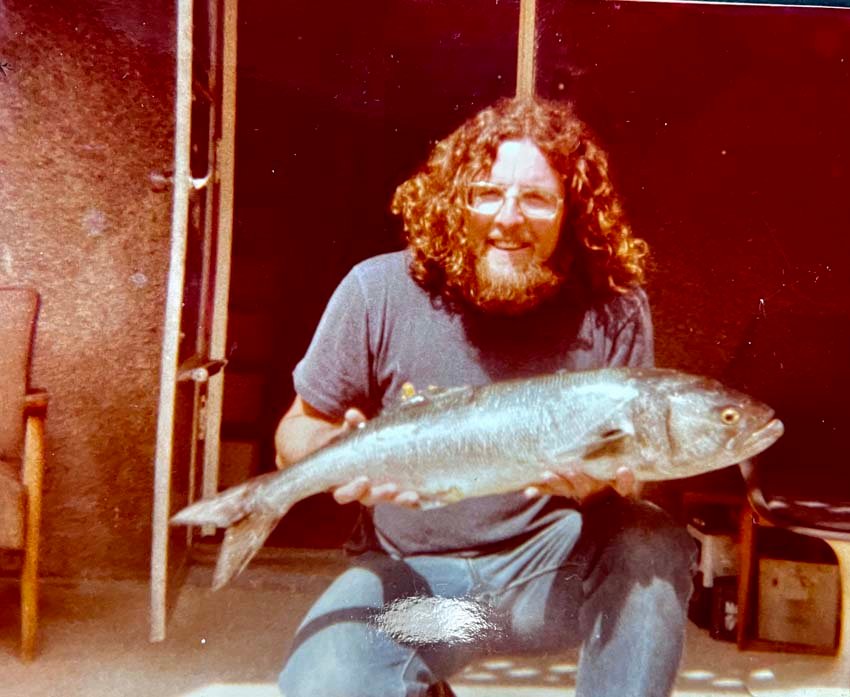+ By Thomas Ferraro + Photos by Joshua McKerrow
When Eric Roberge describes his life as an artist in a changing Annapolis the last half-century, one can hear his passion, struggles and satisfaction. “When I was a kid, there were few, if any, galleries [in Annapolis],” he recalls. “But there’s been an explosion of them. They provide Roberge and other artists with nearly two dozen places to show and sell their paintings, photos, sculptures, and crafts.
With the popularity of galleries, Roberge says he saw more bars and restaurants begin to display local art and feature live music and help give rise to the emergence of street art festivals, drawing crowds upwards of several thousand. “A festival on the City Dock in 1970,” he says, “that’s where I sold my very first piece—a painting on a recycled acoustic ceiling tile of three Revolutionary War-era people, one carrying a 13-star flag, a fife, and a drum. I sold it for $25, I think.”
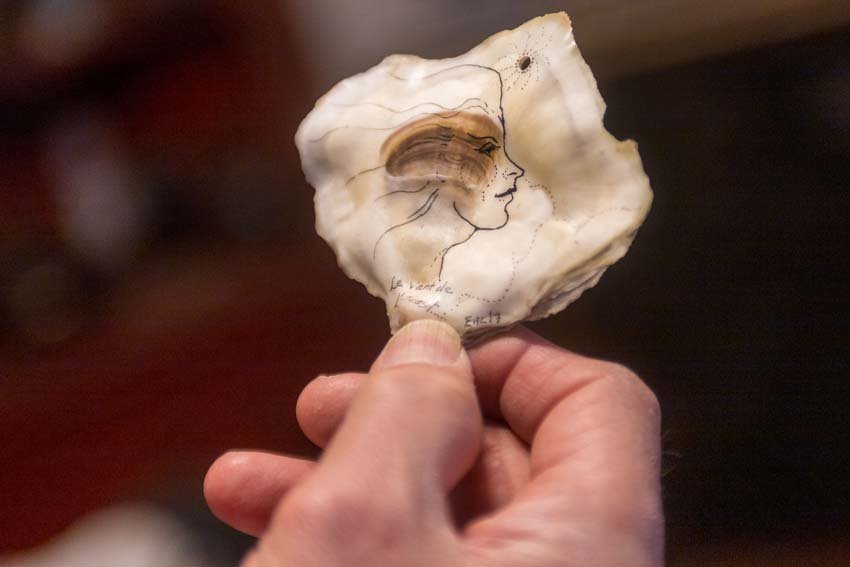
The ascent of the arts changed the face of downtown Annapolis, says Roberge, pleasing some locals but angering others who saw their favorite grocery, hardware, and clothing stores replaced by eating and drinking establishments. “Annapolis went from having a normal downtown that served the people who live and work here to a downtown that caters mostly to tourists who want to go to restaurants and bars,” he says. Emblematic of the change, he explains, is that an area of the Annapolis City Dock, where oyster and crab workboats long reigned, is now lined with multimillion-dollar yachts and called “Ego Alley.” He also references the upscaling of the nearby Market House, which opened in 1858.
Born in France, outside of Paris, he began his love of art as a doodling toddler, moved to Annapolis with his mother in 1957, and graduated from Annapolis High School in 1966. Four years later, Roberge was busy sketching and painting when he expanded his involvement in the arts by stepping into the local music scene. He became a DJ and worked parties, weddings, class reunions, graduations—many of them at St. John’s College. “I did it to meet girls and listen to music, music I got to pick.” Over the years as a DJ, he heard and saw changes in popular music—from the Four Tops to the Grateful Dead to the Pretenders—and he noticed that the aroma of weed replaced that of cigarettes. “I was a hippie, then,” he says.
Roberge is among the vast majority of the estimated 200-plus artists in Annapolis who must have a separate full- or part-time job to make ends meet. “It’s the path I’ve followed. It’s a hard path. I’ve got to hustle to make money,” he says. He’s toiled as a surveyor and laborer, and still works as a house painter—work he began more than 40 years ago.
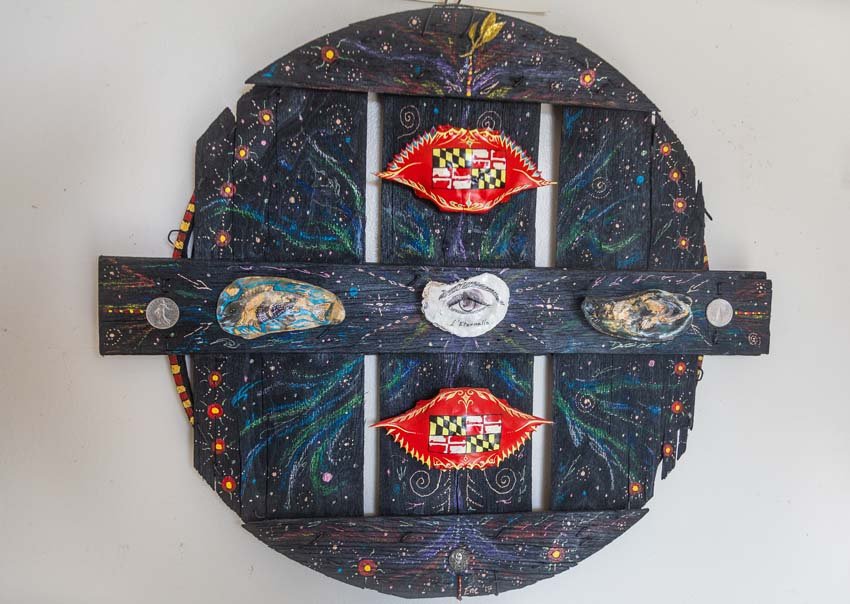
“I no longer climb ladders,” says Roberge, who now limits himself to small jobs. “With the steady hand of an artist, I can still do trim, windows, and doors without getting it on the glass.” In the 1970s, a decade largely defined by the Vietnam War and the Watergate scandal, Roberge made antiwar posters that he held at rallies and listened to the Watergate hearings while painting houses.
In 2008, Roberge began working on what became his specialty—transforming discarded oyster, crab, and scallop shells into exquisitely painted crafts. They feature quotes from authors and playwrights, maps of the Chesapeake Bay, mythological creatures, or images of local birds and fish. “I love eating crabs and oysters, and one day I saw the shells piled up in the trash. I thought, ‘Repurpose them,’ and that’s what I did, turning the shells into art,” he says. “I did it to distinguish myself from other artists and give the oyster a second life as a piece of art,” he adds with a grin.
While artists helped to attract tourists to downtown Annapolis, rising property prices have kept or pushed many of them to the city’s outskirts. Roberge lives in what he calls his “bachelor pad.” It’s a rented one-story, white house on a sod farm in St. Margaret’s, a community on the Chesapeake Bay with humble abodes not far from multimillion-dollar estates. Memories pack his pad, along with his artwork, which in addition to seashells includes ink and pencil sketches, paintings, and three-dimensional art with such materials as driftwood, scrap metal, and the tops of bushel baskets.
He was sorry to see one of his favorite galleries, FinArt Gallery & Studios, move out of West Street a few years ago. When the building sold, the gallery closed (the owner downsized and took up a tenancy at ArtFarm out on Chinquapin Round Road); it had been displaying Roberge’s oyster artwork year-round. He welcomed the opening, in the late 1970s, of Maryland Hall for the Creative Arts, a centerpiece of the arts community, where he has long displayed his work. And he’s has been appreciative of the monthly First Sunday Arts Festival, now in its 20th year, with upward of 100 art and craft vendors, including himself, per event.

Looking ahead, he says local artists should benefit not only from the proliferation of galleries and street festivals but also from fast-emerging social media, further helping them to showcase their work in Annapolis and elsewhere. “There are certainly many more opportunities,” he says, though making clear that it can still be a struggle because social media increases opportunities as well as competition.
On this cold winter day, Roberge has the temperature in his home at under 50 degrees. He’s wearing blue jeans, a heavy coat, and a black beret. Fifty-two years since the French native sold his first piece of art in Annapolis, a gray-bearded, reflective Roberge sounds like many Annapolis artists. “Why do I love art? Same as why writers write and musicians play. It’s the form of expression I’m most suited for. I’m a self-taught artist with God-given talent. I’ve been drawing, painting, and creating art all my life. I’m fortunate.” █
For more information, visit
facebook.com/EricRobergeArt or
Instagram.com/erich.roberge.
